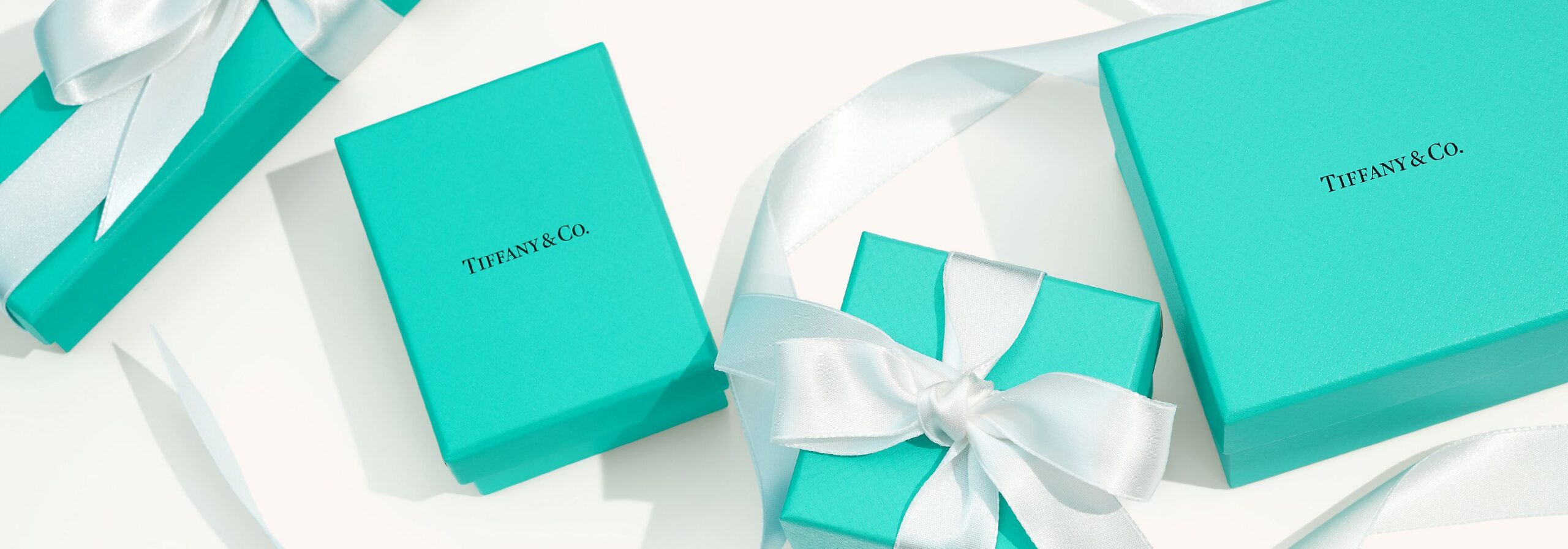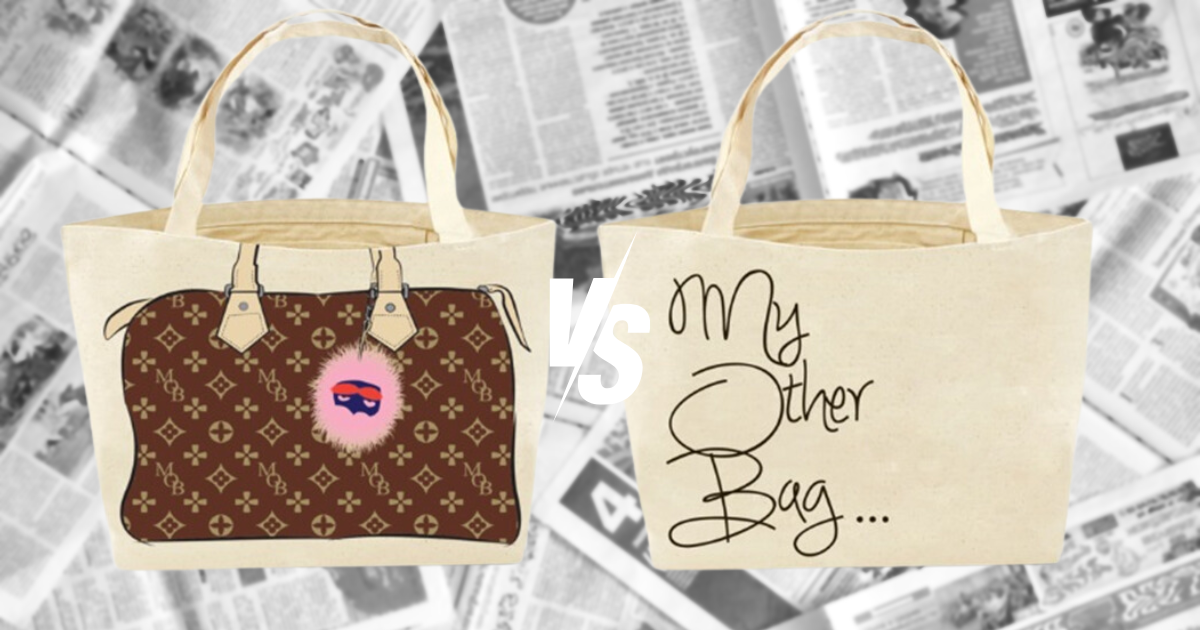Introduction
In today’s digital age where everyone is armed with a smartphone and social media platforms and online communities thrive, creating, and sharing content on social media has become second nature. From viral videos on YouTube to captivating posts on Instagram, it has become as easy to create content as it is to consume it. The consumers or users of content have now become creators themselves, contributing to the large reservoir of content or material over the internet. User-Generated Content has become a potent force in the realm of advertising as well where brands have invited their consumers to create content for them. It involves utilizing content created by their users, often customers, into their marketing campaigns. However, amidst this explosion of UGC over social media, lies the complex issue of content ownership and usage rights.
In this blog, we navigate through the complex maze of copyright and usage rights of User Generated content and discuss the roles and responsibilities of creators, brands, and intermediaries in the evolving digital labyrinth of copyright laws and social media.
What is User Generated Content (UGC)
User-generated content (UGC) refers to any form of content created by individual users rather than traditional brands or producers. It includes a wide variety of media- be it text, images, videos, reviews, social media posts or discussions. The rise of social media platforms like Facebook, Instagram, and YouTube has provided individuals with accessible and widely-used platforms to share their thoughts, experiences, and creations with the world. UGC manifests the collective contributions of users, reflecting diverse perspectives, experiences, and creativity.
UGC serves as a powerful instrument for interaction and engagement, fostering a sense of authenticity and community among users. Unlike traditional marketing content produced and professionally shot and edited by brands, UGC often resonates more deeply with the audiences due to its personal and relatable nature. Users feel empowered to contribute to the digital landscape, shaping conversations and narratives in real-time.
UGC significantly impacts businesses, as it serves as a powerful marketing tool, leveraging authentic, peer-generated content that builds trust and credibility among audiences. Companies often harness UGC to humanize their brand, build stronger relationships with their customers, and create more meaningful interactions.
Transforming User-Generated Content for advertising involves the strategic adaptation of UGC to align it with a brand’s marketing objectives while respecting copyright laws. However, the ubiquity of UGC also brings forth challenges, particularly concerning intellectual property (IP) rights.
Copyright Considerations in UGC
Copyright considerations in user-generated content (UGC) are paramount in navigating the complex landscape of intellectual property (IP) rights. Understanding the principles of ownership, licensing, fair use, and policies surrounding UGC is crucial for both content creators and brands alike.
By default, the users who create and upload content, such as videos or photos, are the rightful copyright owners of their work. However, users can grant specific permissions or licenses for their UGC, such as through Creative Commons licenses, which delineate the terms under which the work can be used. Platforms hosting UGC often have their own terms and conditions, dictating how users’ content can be utilized and shared.
Fair use doctrine provides a legal framework for the limited use of copyrighted material without explicit permission from the copyright owner. In UGC advertising, understanding fair use is essential for incorporating user-generated content into marketing campaigns ethically. UGC platforms typically implement copyright policies and mechanisms for reporting infringement, employing automated content recognition systems to detect and address violations. Users contributing UGC agree to terms and conditions outlining how their content may be used, emphasizing the importance of transparency and consent in UGC practices.
From a brand perspective, leveraging UGC in advertising requires clear permission and licensing agreements with content creators to mitigate the risk of copyright infringement. Implementing robust content moderation systems ensures compliance with copyright laws and platform guidelines. Brands should engage with users authentically, attribute content to its original creators, and seek legal guidance to navigate copyright complexities effectively.
Intermediaries, such as social media platforms or content-sharing websites, play a central role in facilitating the creation and dissemination of UGC. However, they also bear responsibility for ensuring that UGC uploaded by users does not infringe upon copyright laws. While intermediaries typically do not own the content uploaded by users, they must implement mechanisms to address copyright violations proactively. This includes implementing content recognition systems, establishing copyright policies, and providing users with avenues to report infringement.
The Ethics of Profiting from UGC
Both brands and intermediary platforms find themselves at the crossroads of ethical dilemmas and financial interests when it comes to leveraging UGC for promotional or commercial purposes. The ethical implications of profiting from content created by their users underscores the need for transparent and equitable practices that prioritize the interests of content creators while still enabling brands and intermediaries to leverage UGC as a valuable marketing tool.
For brands, the value of UGC lies in its ability to create authentic and lasting connections with its users by humanizing their marketing and branding efforts. Showcasing real-time customer usage and experiences enhances trust and credibility among the target audience of the brands. UGC is often a cheaper alternative to creating professionally shot and produced advertisements and brings in better results as compared to the traditional advertisements or marketing commercials. However, capitalizing on the efforts and resources invested by the creators raises ethical questions if brands exploit the content UGC without adequately compensating or acknowledging the creators behind it.
Social media platforms provide fertile ground for UGC driven marketing initiatives but brands must maintain complete transparency and obtain informed consent and authorization from the creators before sharing or capitalizing on any content created by them.
Intermediaries are also equally responsible and must deal with a lot of ethical considerations regarding monetization of UGC. Though they provide the platform to create and share content, they often benefit financially from the content made available on their platform. Though intermediaries usually have safe harbor protection, they must work to strike a balance between financial interests and ethical concerns of protecting and respecting the rights of the creators. They must not put profit over principle and ensure that brands obtain adequate authorization and provide compensation and credits to the creators for their efforts and keep any occurrences of infringements in check.
The ethical implications of using UGC for profit go beyond the basic legal compliance issues to more general principles of fairness, transparency, and respect for the creator’s rights. Creating an environment based on respect, collaboration and the adequate compensation for the creators’ efforts will allow brands and intermediaries to navigate the world of UGC while maintaining an ethical and responsible approach.
Protecting Creators: Balancing Rights and Responsibilities
As consumers of digital services increasingly contribute in content creation through platforms like social media and content sharing websites, the need to protect their rights over their own creations becomes more and more pressing.
They invest time, creativity, efforts and even a considerable amount of money to produce the content. While the main aim is to go viral or gain popularity, when producing content for a brand, they expect recognition, protection, and compensation for their efforts. However, due to the vast amounts of content floating around the internet, it becomes extremely difficult to keep track of the origin of the content which makes it challenging to enforce or protect the creators’ rights.
Brands need to respect the efforts and resources that the creators invest in producing the content. It is crucial to balance the rights of creators with the interest of the brands and intermediaries. Informed consent and authorization for use of the content is the first step towards ethical content utilization by brands. They need to ensure complete transparency and accountability along with clear communication regarding usage rights, attribution, and compensation. Honest dialogue and comprehensive license agreements can help foster trust between the parties and avoid disputes. Brands must ensure that they obtain proper authorization before using UGC for promotional purposes and need to acknowledge the value of the contributions of the creators and should establish fair compensation structures and provide adequate credits their role in the creation process.
Another approach to protecting the creators’ rights is through proper copyright frameworks that comprehensively establish the rights and obligations of all parties involved. Intermediaries should utilize their algorithms and vast amounts of user data to implement mechanisms to detect and address copyright violations, safeguarding creators’ content from unauthorized use. Furthermore, intermediary platforms should also educate creators to empower them to enforce their IP rights against brands who might take undue advantage of them and exploit their content for marketing campaigns and financial gains without due credit or compensation.
The protection of IP rights of creators of UGC needs collaborative efforts from brands that use their content, intermediaries, and policymakers as well as awareness and enforcement from the creators themselves. There needs to be coordination among stakeholders who jointly work together for mutual benefit.
The Future of UGC and IP: What’s Next?
The future of IP laws surrounding UGC holds great promise and will continue to evolve with the digital landscape. With advancements in technology, consumer behaviors and opportunities also broaden which can give rise to new developments and challenges in the sphere of IP rights in the digital world.
Many potential paths in the direction of a more comprehensive IP regime can be seen. One such trajectory is the development of more comprehensive and sophisticated content recognition algorithms, blockchain technology, and digital rights management tools. These tools could help creators, brands, and intermediaries to identify, record and protect copyrighted material, reducing chances of infringement and respecting the creators’ rights. These could help maintain proper records or documentation of origin and further authorization for usage and monetization of the material ensuring proper attribution and compensation in an increasingly decentralized digital landscape.
Further, the emerging regulatory and legal framework also plays a major role in shaping how UGC creators, brands and intermediaries interact with the content in the coming years. Policymakers and professionals are scrutinizing and filling the gaps in the laws that establish responsibilities of intermediaries and brands in moderating and using content generated by users and enforcing copyright laws. Striking the perfect balance between protecting the rights of all the stakeholders while promoting innovation and creativity is the central focus of all the legislative efforts in the arena of IP rights in the digital ecosystem.
Collaborative projects between brands, intermediaries, and content creators are likely to play a pivotal role in shaping the future of UGC and related IP rights. By promoting partnerships based on consent, transparency, fairness, and mutual respect, stakeholders can collectively address challenges and seize opportunities in the evolving digital landscape. Continuous collaborative efforts and innovation is essential for navigating the complex labyrinth of IP laws and UGC. There is an urgent need to embrace latest technologies, foster collaboration, enact updated and modern legislation and uphold ethical standards to ensure that all the stakeholders can create a future where creativity thrives, and intellectual property is valued and protected.
References
- Steven Hetcher, User-Generated Content and the Future of Copyright: Part One- Investiture of Ownership, 10 Vanderbilt Journal of Entertainment and Technology Law 863 (2021) Available at: https://scholarship.law.vanderbilt.edu/jetlaw/vol10/iss4/3.
- Meghana Chandorkar and Urjitah Srikanth, The Big “Monster”: User Generated Content in The Indian Landscape (2022) Available at: https://www.legal500.com/developments/thought-leadership/the-big-monster-user-generated-content-in-the-indian-landscape/.
- Steven Hetcher, User-Generated Content and the Future of Copyright: Part Two – Agreements Between Users and Mega-Sites, 24 Santa Clara High Tech. L.J. 829 (2012) Available at: http://digitalcommons.law.scu.edu/chtlj/vol24/iss4/3.
- Chotima Thetsidaeng, User-generated content and Copyright Dilemma in Web 2.0 Era (2019) Available at: www.diva-portal.org/smash/get/diva2:1324356/FULLTEXT01.pdf.
Author: Vaidehi Sharma

















